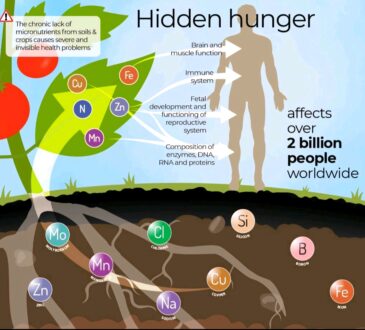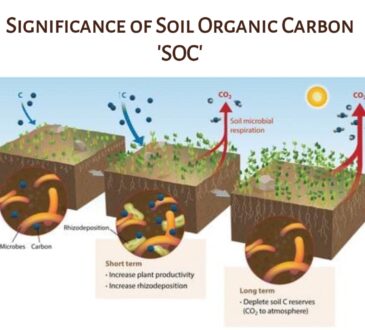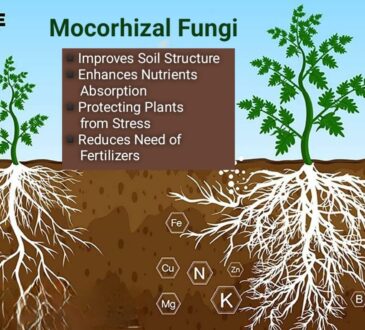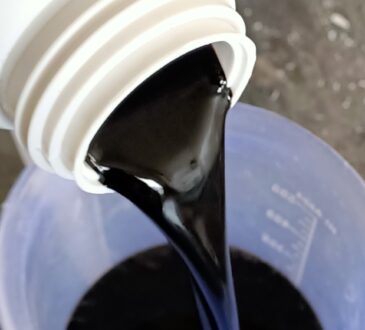
Biopesticides are the pesticides derived from natural sources such as animals, plants, bacteria, & certain minerals. They are used to control pests, including insects, pathogens in agricultural practices. Unlike chemical pesticides, biopesticides generally have lower toxicity levels and are considered to be more environmentally friendly. The use of biopesticides holds significant benefits for both human health and environmental protection
1.Human Health
Reduced Chemical Exposure: Biopesticides are derived from natural sources such as plants, bacteria, and fungi, posing lower risks of harmful chemical exposure to humans compared to synthetic pesticides.
Minimal Residue in Food: Biopesticides often leave minimal residues on crops, leading to lower levels of pesticide residues in the food chain, thereby reducing potential health risks for consumers.
Non-Toxic to Humans: Many biopesticides specifically target pests and have lower toxicity levels to humans, protecting farmworkers and consumers from adverse health effects associated with traditional chemical pesticides.
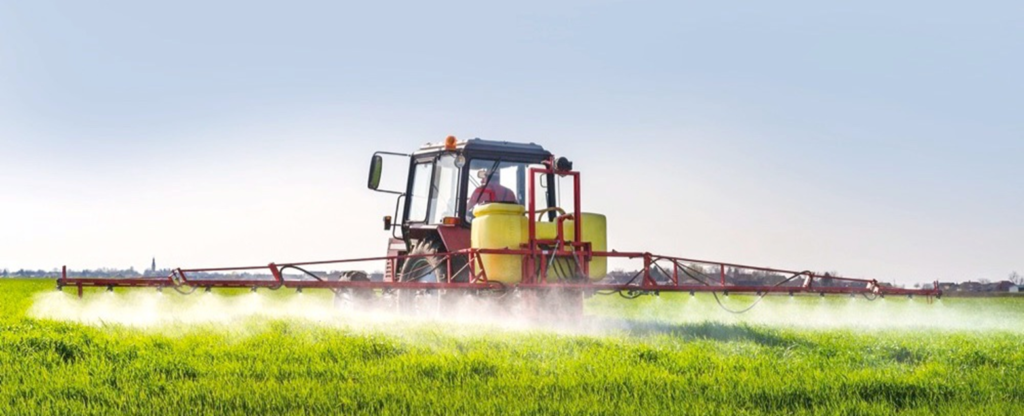
2. Environmental Protection:
Biodiversity Preservation: Biopesticides generally have a more selective mode of action, minimizing harm to non-target organisms. This helps preserve biodiversity and maintains ecological balance in agricultural ecosystems.
Reduced Soil and Water Contamination: Biopesticides often break down more rapidly in the environment, leading to reduced soil and water contamination compared to synthetic alternatives, which can persist and accumulate over time.
Decreased Development of Pesticide Resistance: The use of biopesticides can contribute to sustainable pest management by reducing the likelihood of pests developing resistance, a common issue with chemical pesticides.

3. Sustainable Agriculture:
Integrated Pest Management (IPM): Biopesticides are integral to IPM strategies, promoting a holistic approach to pest control that combines biological, cultural, and chemical interventions. This contributes to more sustainable and resilient agricultural practices.
Compatibility with Organic Farming: Biopesticides are often approved for use in organic farming, providing a viable pest management option for farmers adhering to organic principles.
4. Long-Term Economic Benefits:
Cost-Effectiveness: Although biopesticides may initially seem more expensive, they often prove cost-effective in the long run due to their compatibility with sustainable farming practices and reduced environmental impact.
Market Access: Growing consumer demand for environmentally friendly and health-conscious products can enhance market access for crops grown using biopesticides, creating economic incentives for farmers.
Types of Biopesticides:
1. Microbial pesticides: These are derived from microorganisms such as bacteria, fungi, viruses & protozoa. They work by infecting or affecting pests directly or by producing toxins that are harmful to pests.
2. Plant-based pesticides: These are derived from plants and typically contain natural compounds that are toxic to pests. Examples include neem oil, pyrethrin, and rotenone.
3. Biochemical pesticides: These are naturally occurring substances that are similar to chemicals produced by plants. They disrupt pests physiological processes or act as repellents. Examples include pheromones, insect growth regulators & plant extracts.
4. Beneficial insects: Certain insects, such as ladybugs, lacewings & predatory mites, are used as biocontrol agents to feed on & control pest populations.
Biopesticides work through various mechanisms to control pests. They may inhibit pest feeding, disrupt their mating or reproductive cycles, affect their growth and development, or directly kill them through toxins or infections. The effectiveness of biopesticides varies depending on the target pest, application method, environmental conditions & formulation.

How Does Biopesticides Work:
Biopesticides control pests using naturally occurring substances, including living organisms or their byproducts. They typically work through various mechanisms such as:
Predation: Certain biopesticides contain predatory organisms, like beneficial insects or nematodes, which feed on pest species.
Parasitism: Some biopesticides consist of parasitic organisms that infect and kill pests. For example, certain bacteria or fungi can parasitize insects, leading to their death.
Microbial Activity: Biopesticides may contain microorganisms like bacteria, fungi, or viruses, which produce toxins harmful to specific pests. These toxins disrupt the pest’s biological functions.
Repellence and Disruption: Biopesticides can interfere with the behavior of pests, either by repelling them or disrupting their mating patterns, making it challenging for them to reproduce.
For example, Bacillus thuringiensis (Bt) is a well-known biopesticide. It contains bacteria that produce proteins toxic to certain insect larvae, causing their death. Another example is neem-based pesticides, which use extracts from the neem tree and disrupt the growth and feeding patterns of pests. These biopesticides are often considered environmentally friendly and pose fewer risks to non-target organisms compared to synthetic chemical pesticides.
Biopesticides have many benefits, they may not completely replace chemical pesticides. Integrated Pest Management (IPM) is a holistic approach that combines multiple pest control strategies, including the use of biopesticides, cultural practices, biological control, and targeted chemical pesticide applications when necessary. IPM aims to minimize pesticide use while effectively managing pests by integrating various control methods based on pest biology, ecology, and economic thresholds.
The adoption of biopesticides not only promotes safer agricultural practices but also contributes to the overall well-being of ecosystems and communities by mitigating negative impacts associated with conventional pesticide use.
©Rahul Padwal
Pune India
#sustainability #sustainableagriculture #organicfarming #sustainableagriworld #agriculture #biofertilizers #organicfertilizers #soilhealth #soilscience #wastemanagement #agroforestry #integratednutrientsmanagement #integratedpastemanagement #organicfoods

